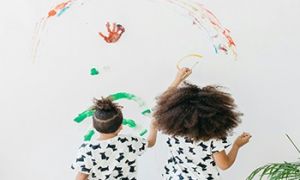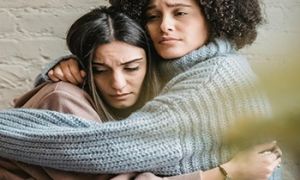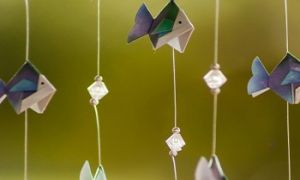The following lists the sub outcomes, examples of evidence when children can achieve each sub outcome and how educators can promote and help children to achieve MTOP Learning Outcome 2: Children Are Connected With And Contribute To Their World.
School-age children are increasingly involved in a wide range of communities. These might include families, schools, school-age care settings or local communities. As children participate in these communities they develop their capacity for independence and self-direction.
Learning Outcome 2: Children are connected with and contribute to their world
2.1 - Children develop a sense of belonging to groups and communities and an understanding of the reciprocal rights and responsibilities necessary for active community participation
This is evident when children:
- recognise that they have a right to belong to many communities
- cooperate with others and negotiate roles and relationships in play and leisure experiences
- take action to assist other children to participate in social groups
- broaden their understanding of the world in which they live
- express an opinion in matters that affect them
- build on their own social experiences to explore other ways of being
- learn to ‘read’ the behaviours of others and respond appropriately
- understand different ways of contributing through play and meaningful projects
- respond positively to others, reaching out for company and friendship
- contribute to fair decision-making about matters that affect them
Educators promote this learning by:
- promote a sense of community within the school-age care setting
- build connections between the school-age care setting, schools and the local community
provide opportunities for children to investigate ideas, complex concepts and ethical issues that are relevant to their lives and their local communities - model language and actions that children can use to express ideas, negotiate roles and collaborate to achieve goals
- scaffold children’s opportunities to participate and contribute to group activities
- plan opportunities for children to participate in significant ways in group discussions and shared decision-making about rules and expectations and activities
2.2 - Children respond to diversity with respect
This is evident when children:
- use opportunities to develop understandings
- about the diversity of culture, heritage,
- background and tradition
- demonstrate awareness of connections, similarities and differences between people and react in positive ways
- listen to others’ ideas and respect different ways of being and doing
- practise inclusive ways of achieving coexistence
Educators promote this learning by:
- plan experiences and provide resources that broaden children’s perspectives and encourage appreciation of diversity
- engage in interactions with children that promote respect for diversity and value distinctiveness
- expose children to different languages and dialects and encourage appreciation of linguistic diversity
- encourage children to listen to others and to respect diverse perspectives
- demonstrate positive responses to diversity in their own behaviour
- explore the culture, heritage, backgrounds and traditions of children within the context of their community
2.3 - Children become aware of fairness
This is evident when children:
- become aware of the ways in which people are included or excluded from physical and social environments
- develop the ability to recognise unfairness and bias and the capacity to act with compassion and kindness
- are empowered to make choices and problem-solve to meet their needs in particular contexts
- think critically about fair and unfair behaviour
- understand and evaluate ways in which texts and media construct identities and create stereotypes
Educators promote this learning by:
- notice and listen carefully to children’ concerns and discuss diverse perspectives on issues of inclusion and exclusion and fair and unfair behaviour
- engage children in discussions about respectful and equal relations such as when a child dominates in the use of resources
- analyse and discuss with children ways in which stereotypes are portrayed
- draw children’s attention to issues of fairness relevant to them in the school-age care setting and community
2.4 - Children become socially responsible and show respect for the environment
This is evident when children:
- demonstrate an increasing knowledge of, and respect for natural and constructed environments
- demonstrate an awareness of the impact of human activity on environments and the interdependence of living things
- participate with others to solve problems and contribute to group outcomes
- explore, infer, predict and hypothesise in order to develop an increased understanding of the interdependence between land, people, plants and animals
- show appreciation and care for natural and constructed environments
- act with moral and ethical integrity
- appreciate social, cultural, linguistic and religious diversity
Educators promote this learning by:
- embed sustainability in daily routines and practices
- discuss the ways the life and health of living things are interconnected
- collaborate to develop daily routines and practices that embrace sustainability
- work together with children to show respect, care and appreciation for the natural environment
- provide children with access to a range of natural materials in their environment
- enable children to care for and learn from the land
- discuss the nature of children’s connectedness to the land and demonstrate respect for community protocols
References:
MTOP Learning Outcomes, Aussie Childcare Network
How Children Can Achieve MTOP Learning Outcomes, Aussie Childcare Network
How Educators Can Promote MTOP Learning Outcomes, Aussie Childcare Network


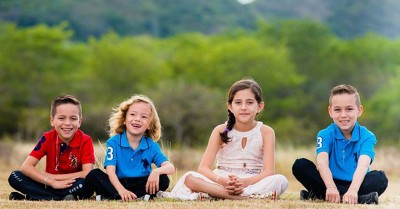
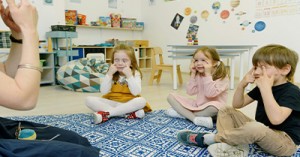
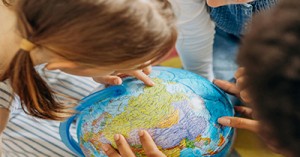
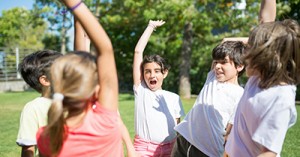
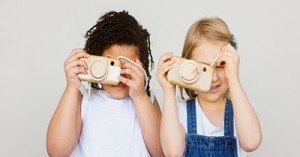
 Here is the list of the EYLF Learning Outcomes that you can use as a guide or reference for your documentation and planning. The EYLF
Here is the list of the EYLF Learning Outcomes that you can use as a guide or reference for your documentation and planning. The EYLF The EYLF is a guide which consists of Principles, Practices and 5 main Learning Outcomes along with each of their sub outcomes, based on identity,
The EYLF is a guide which consists of Principles, Practices and 5 main Learning Outcomes along with each of their sub outcomes, based on identity, This is a guide on How to Write a Learning Story. It provides information on What Is A Learning Story, Writing A Learning Story, Sample
This is a guide on How to Write a Learning Story. It provides information on What Is A Learning Story, Writing A Learning Story, Sample One of the most important types of documentation methods that educators needs to be familiar with are “observations”. Observations are crucial for all early childhood
One of the most important types of documentation methods that educators needs to be familiar with are “observations”. Observations are crucial for all early childhood To support children achieve learning outcomes from the EYLF Framework, the following list gives educators examples of how to promote children's learning in each individual
To support children achieve learning outcomes from the EYLF Framework, the following list gives educators examples of how to promote children's learning in each individual Reflective practice is learning from everyday situations and issues and concerns that arise which form part of our daily routine while working in an early
Reflective practice is learning from everyday situations and issues and concerns that arise which form part of our daily routine while working in an early Within Australia, Programming and Planning is reflected and supported by the Early Years Learning Framework. Educators within early childhood settings, use the EYLF to guide
Within Australia, Programming and Planning is reflected and supported by the Early Years Learning Framework. Educators within early childhood settings, use the EYLF to guide When observing children, it's important that we use a range of different observation methods from running records, learning stories to photographs and work samples. Using
When observing children, it's important that we use a range of different observation methods from running records, learning stories to photographs and work samples. Using This is a guide for educators on what to observe under each sub learning outcome from the EYLF Framework, when a child is engaged in
This is a guide for educators on what to observe under each sub learning outcome from the EYLF Framework, when a child is engaged in The Early Years Learning Framework describes the curriculum as “all the interactions, experiences, activities, routines and events, planned and unplanned, that occur in an environment
The Early Years Learning Framework describes the curriculum as “all the interactions, experiences, activities, routines and events, planned and unplanned, that occur in an environment